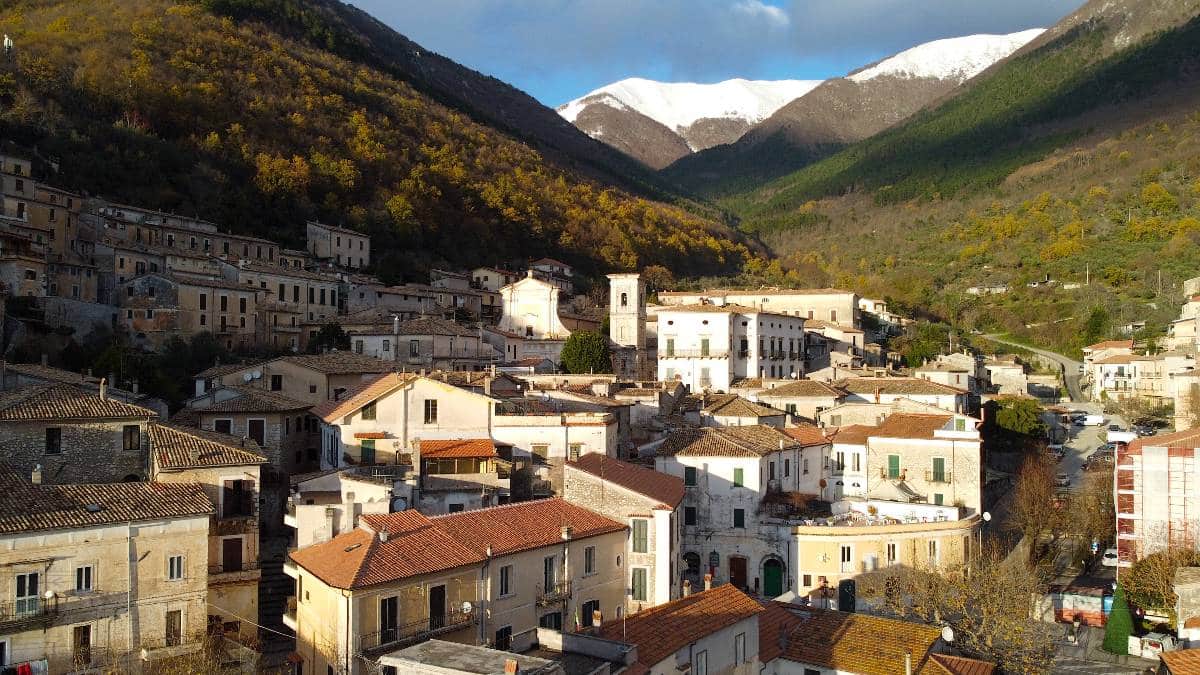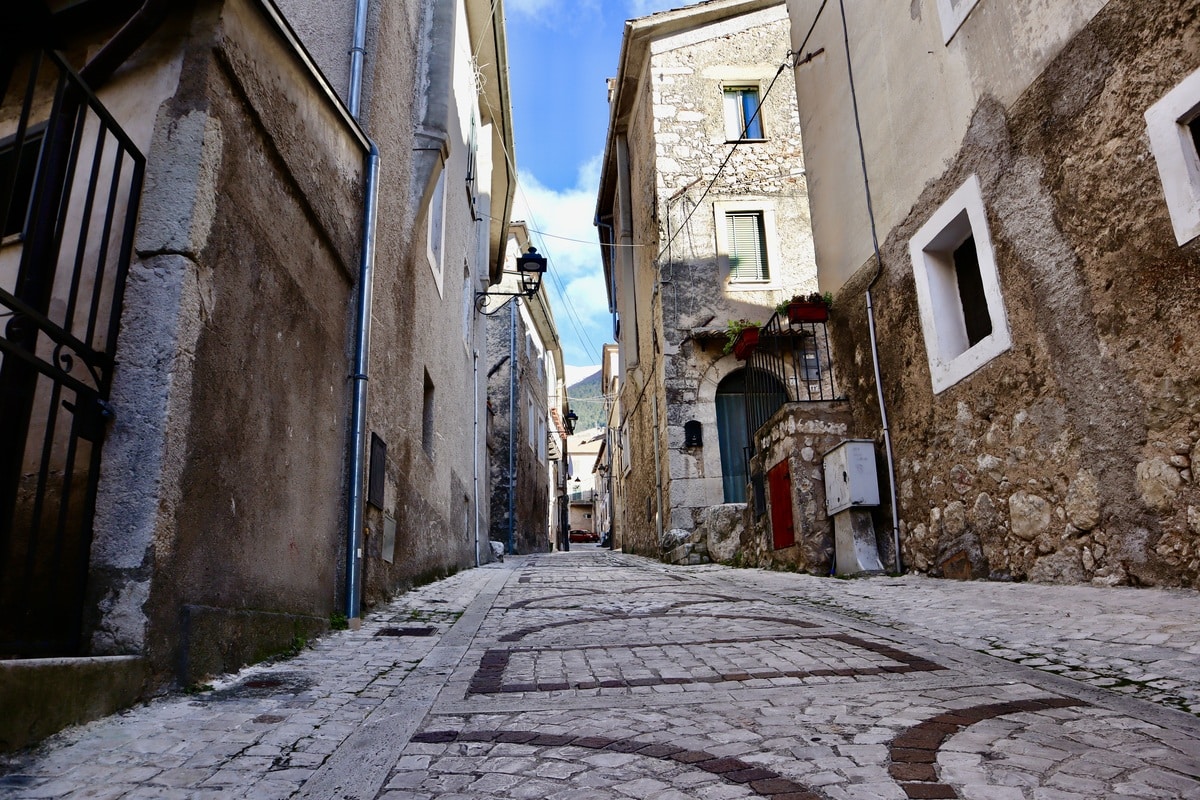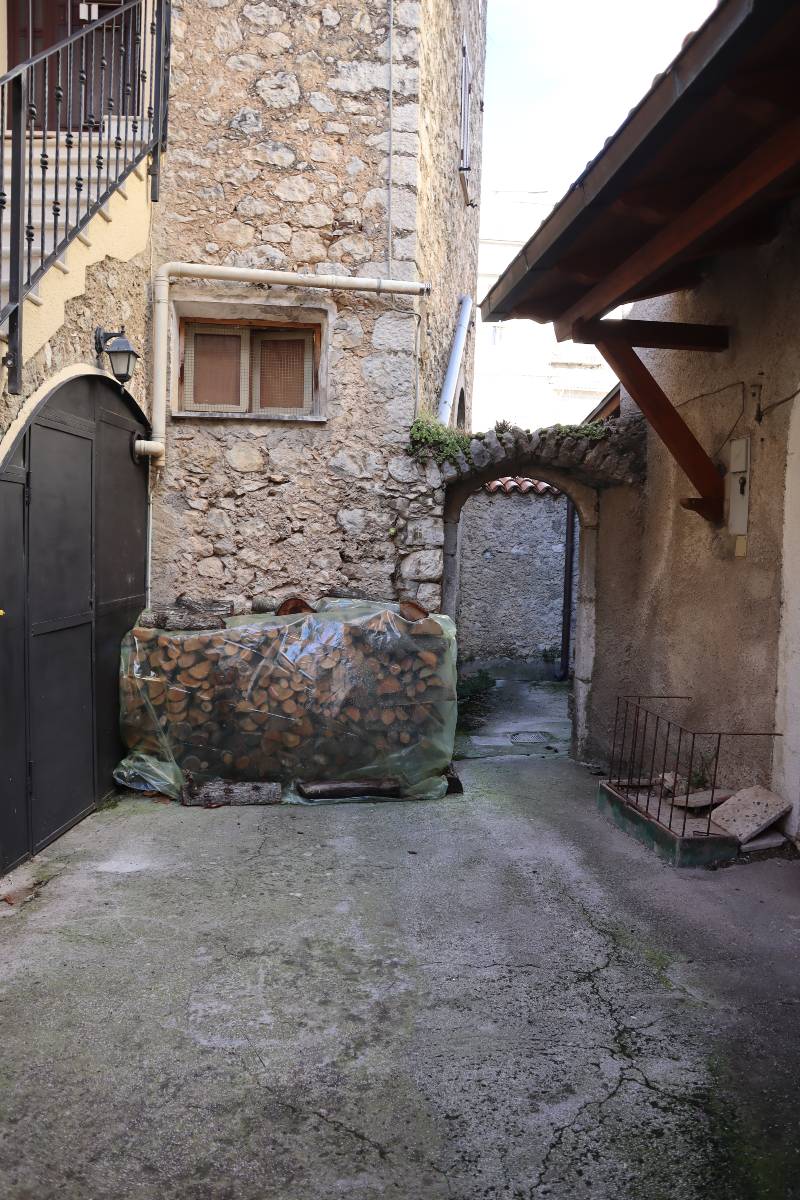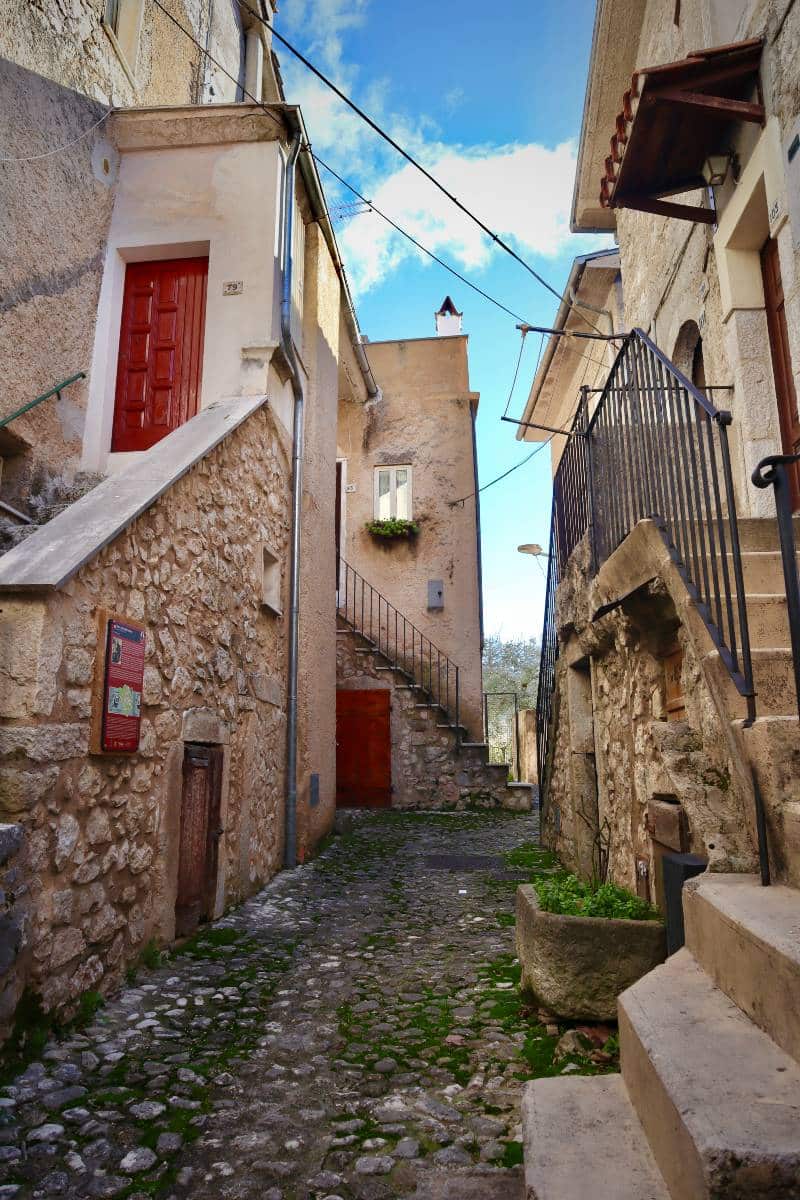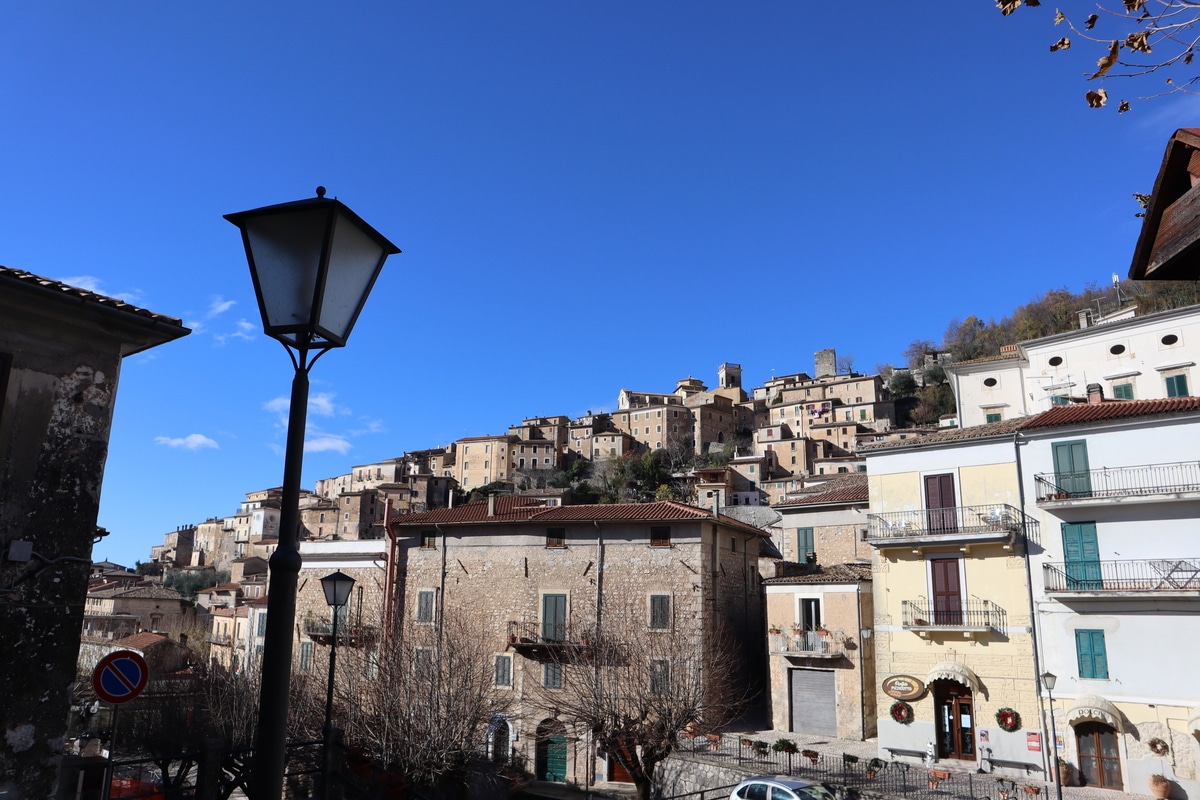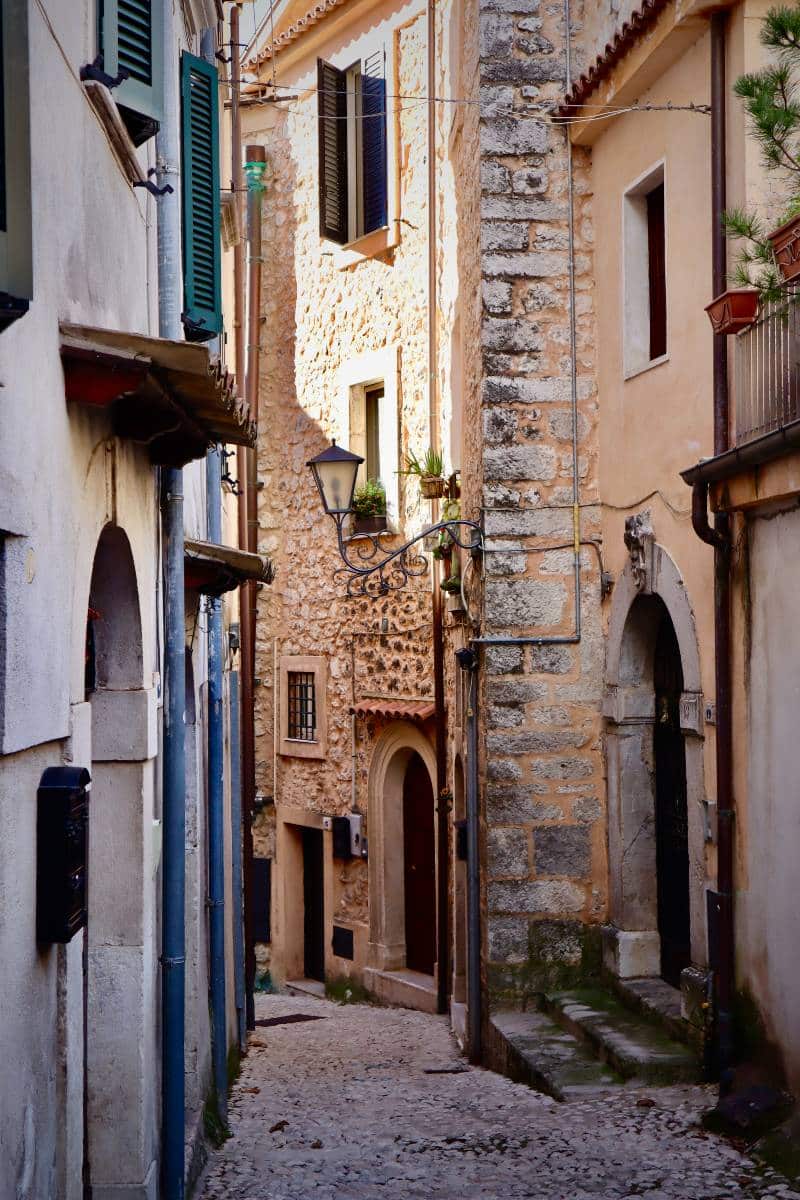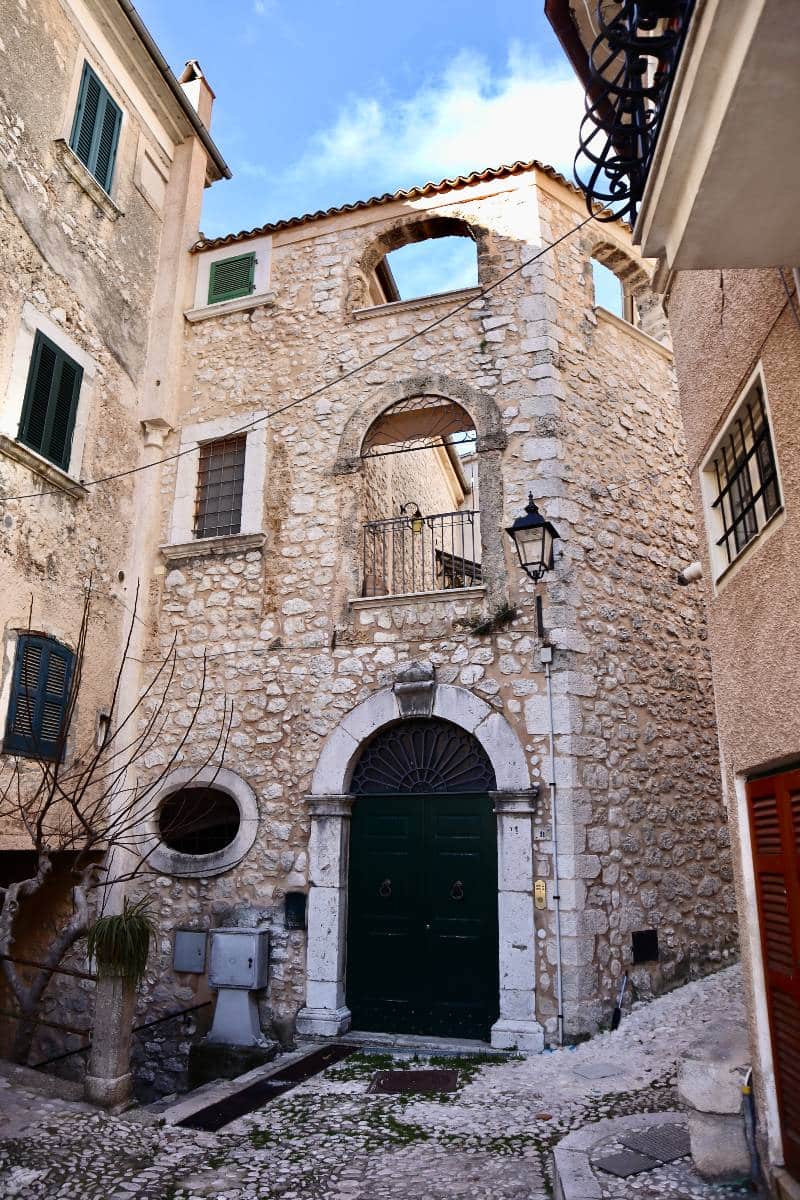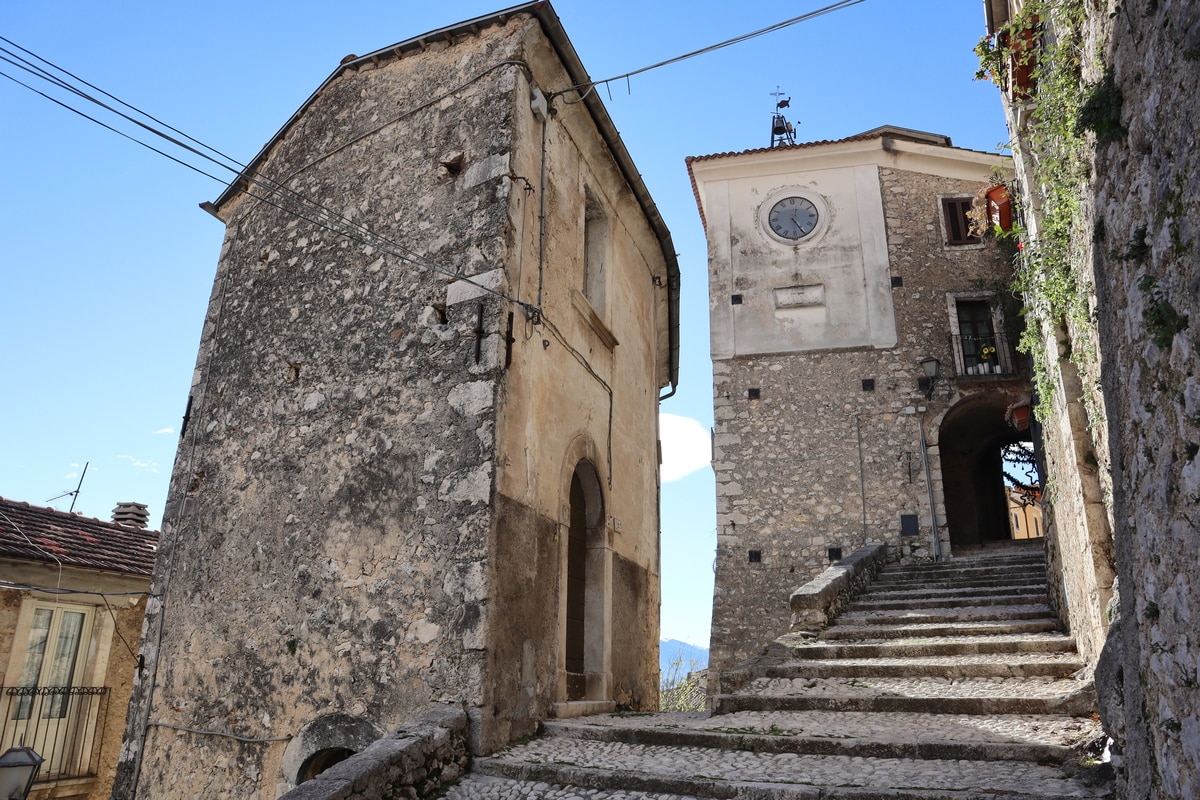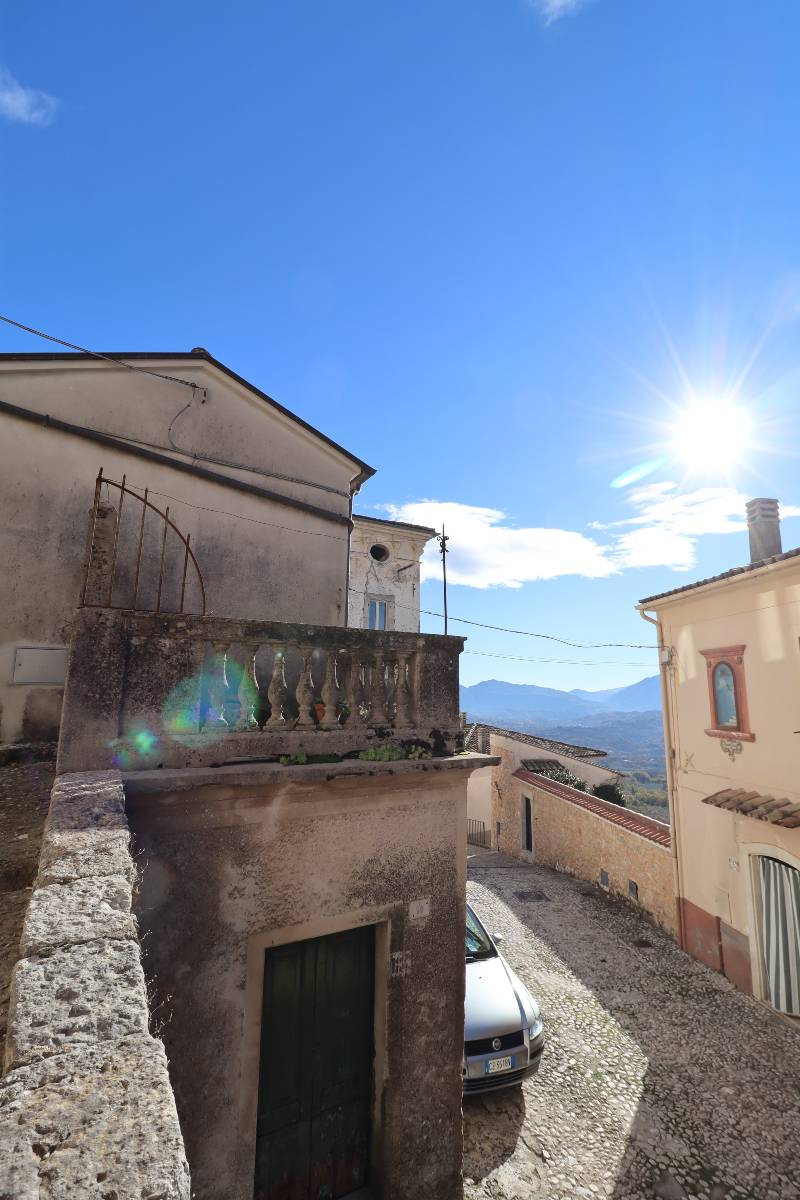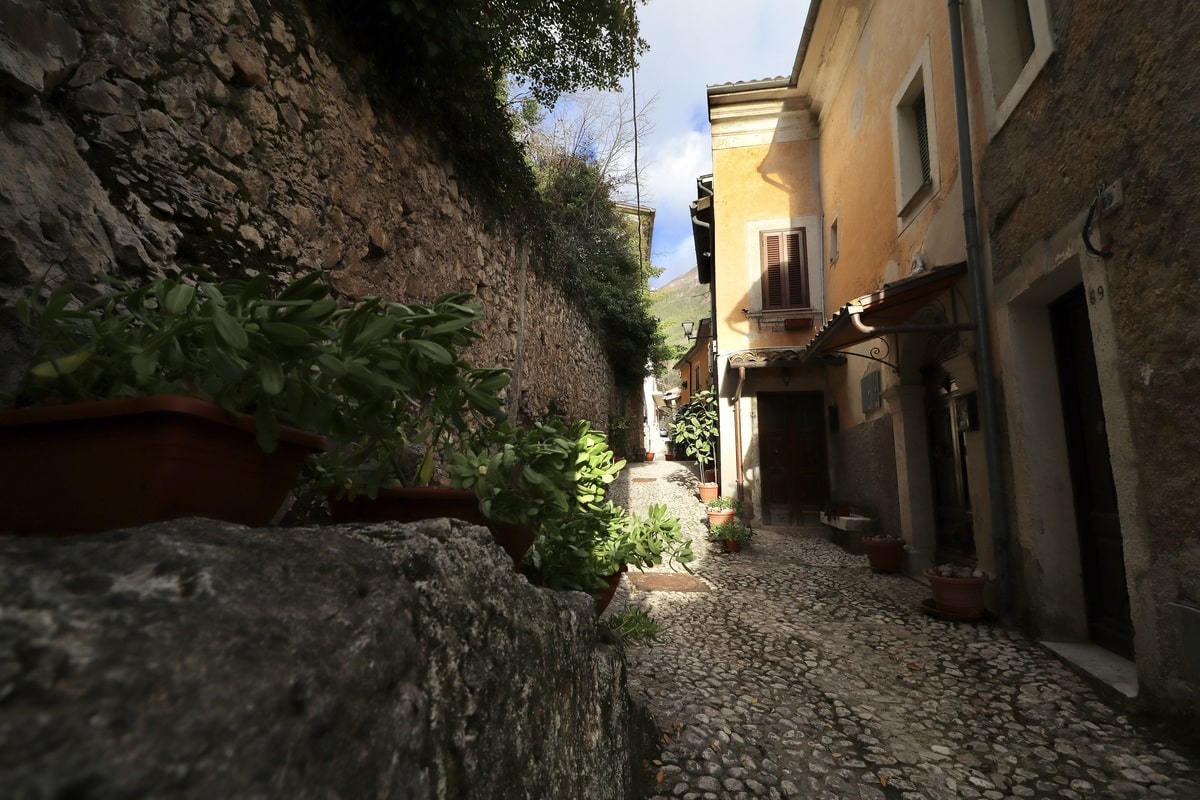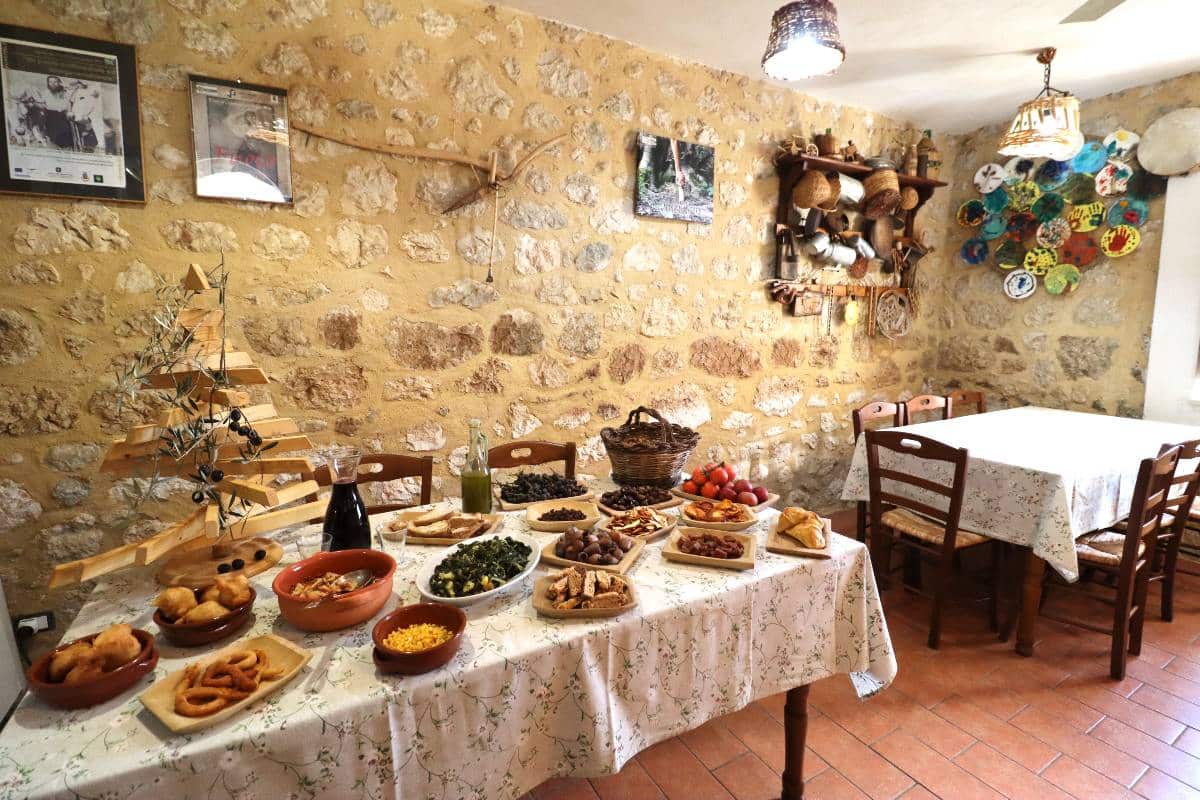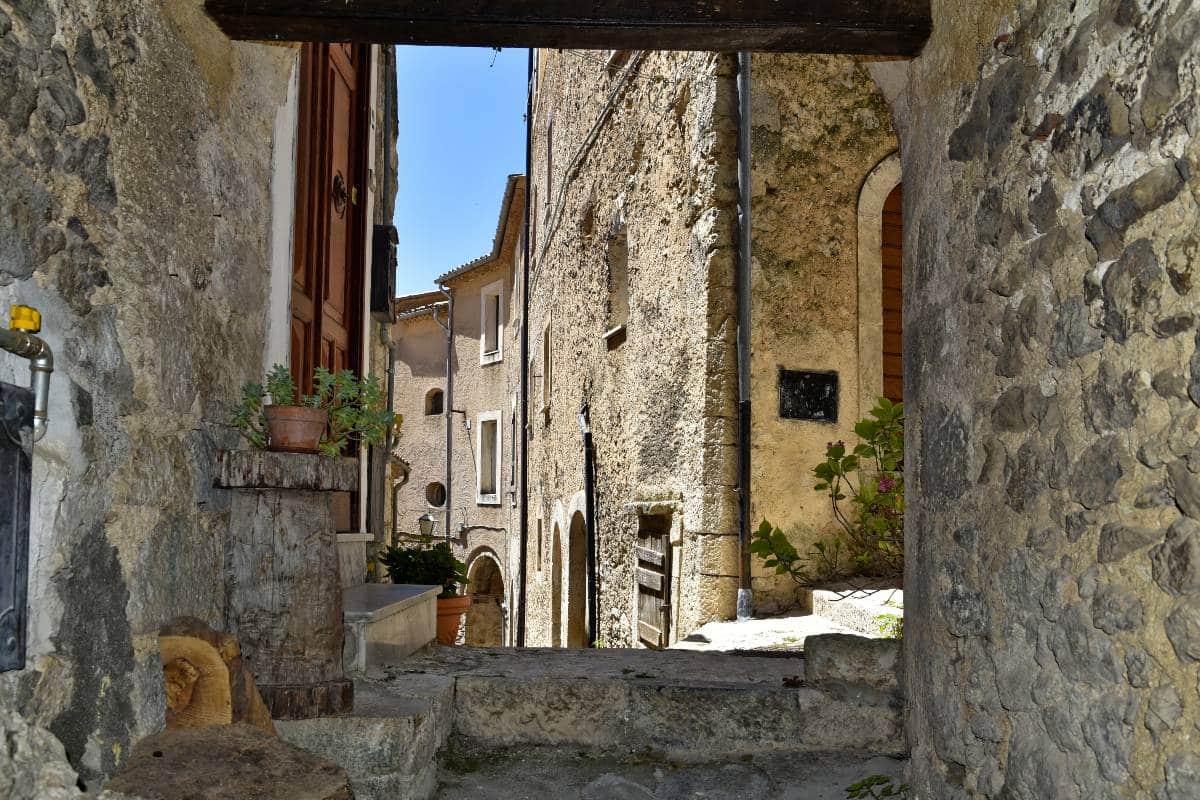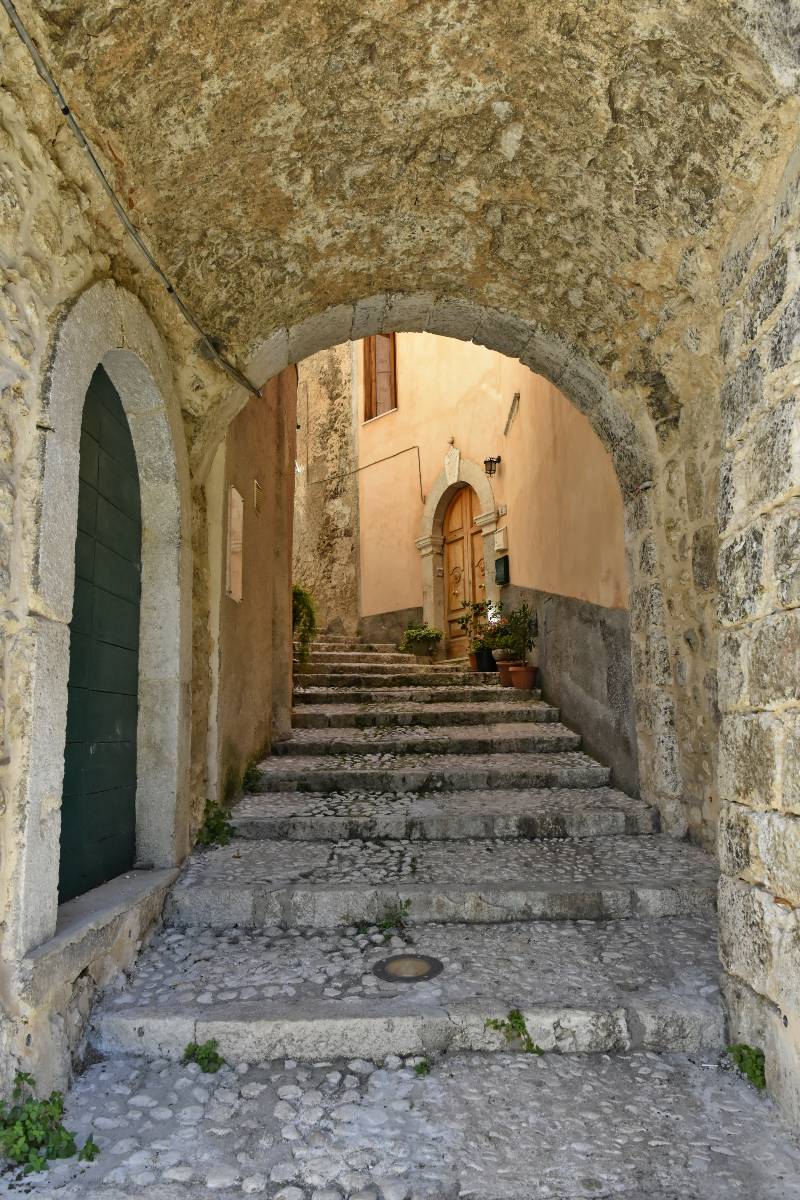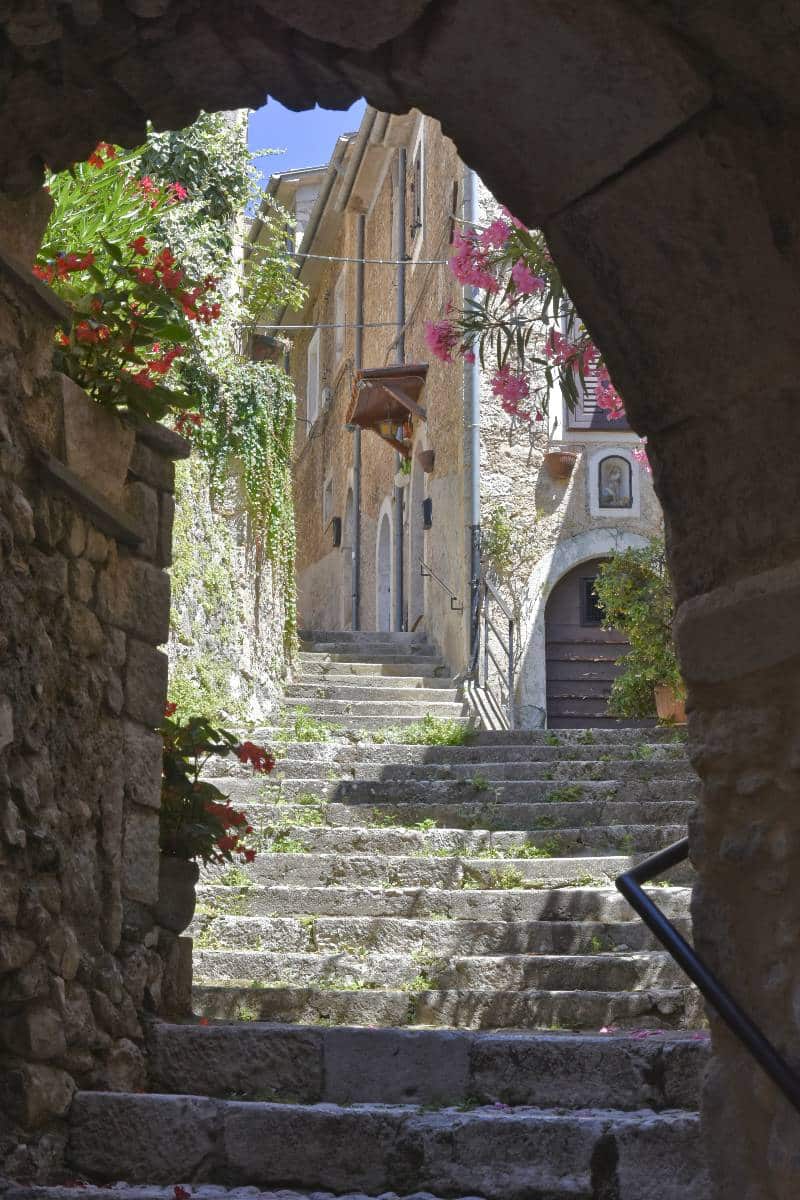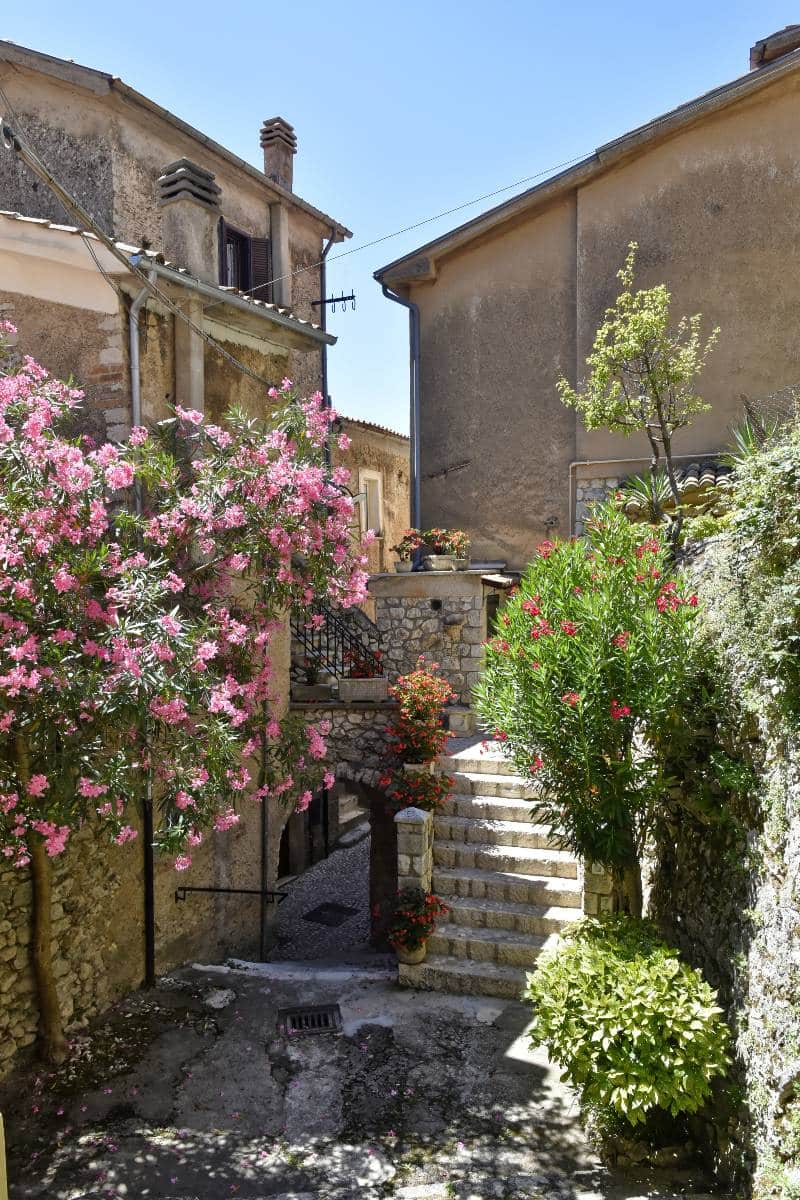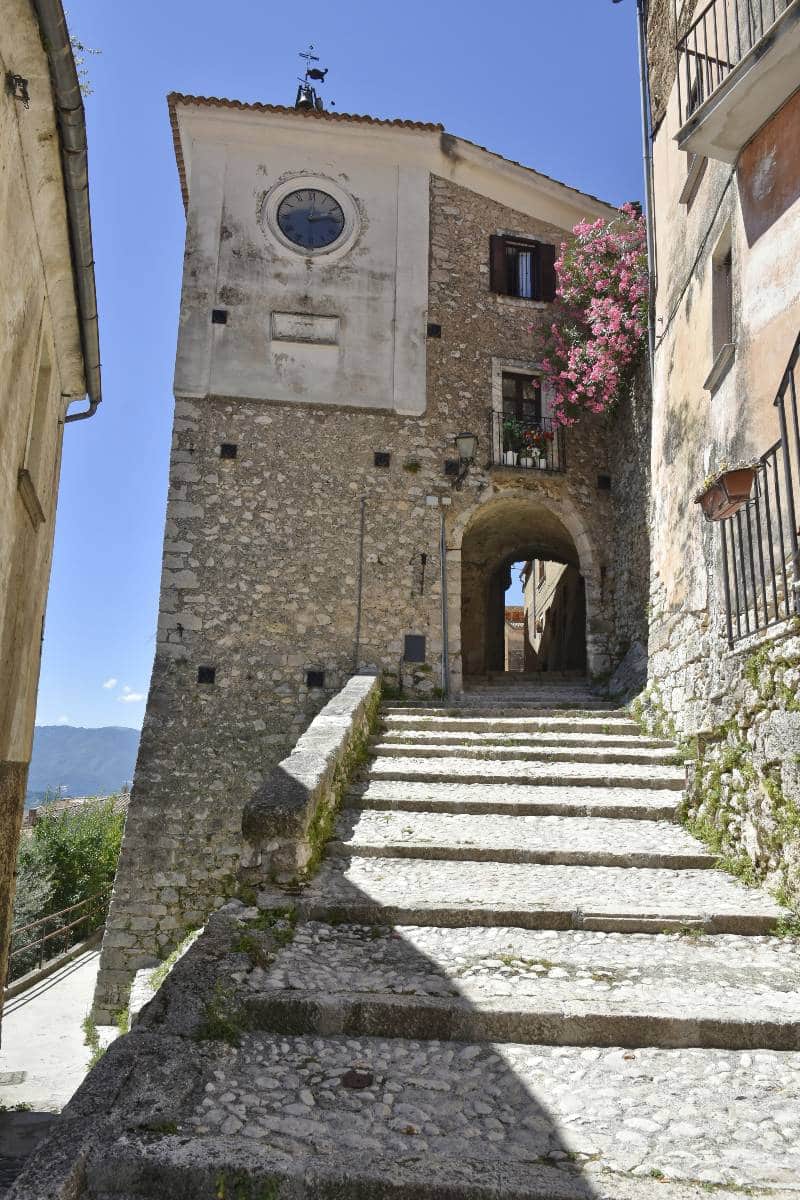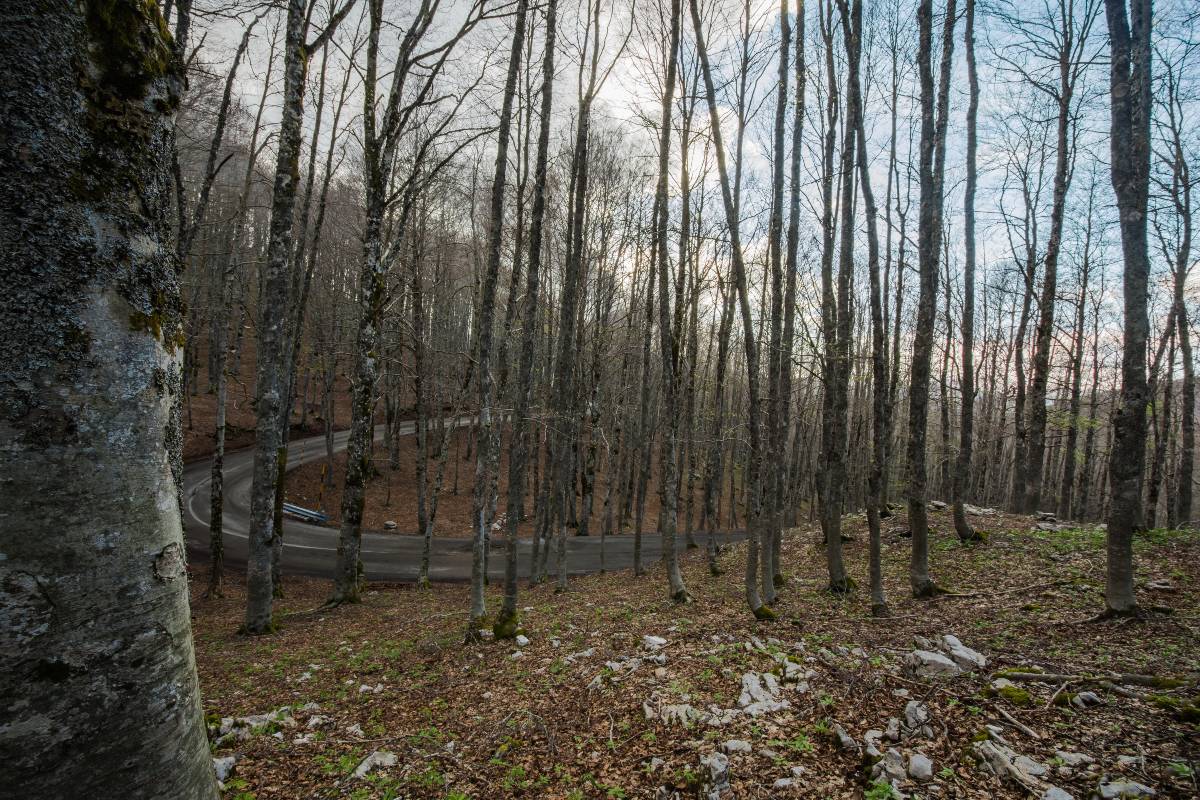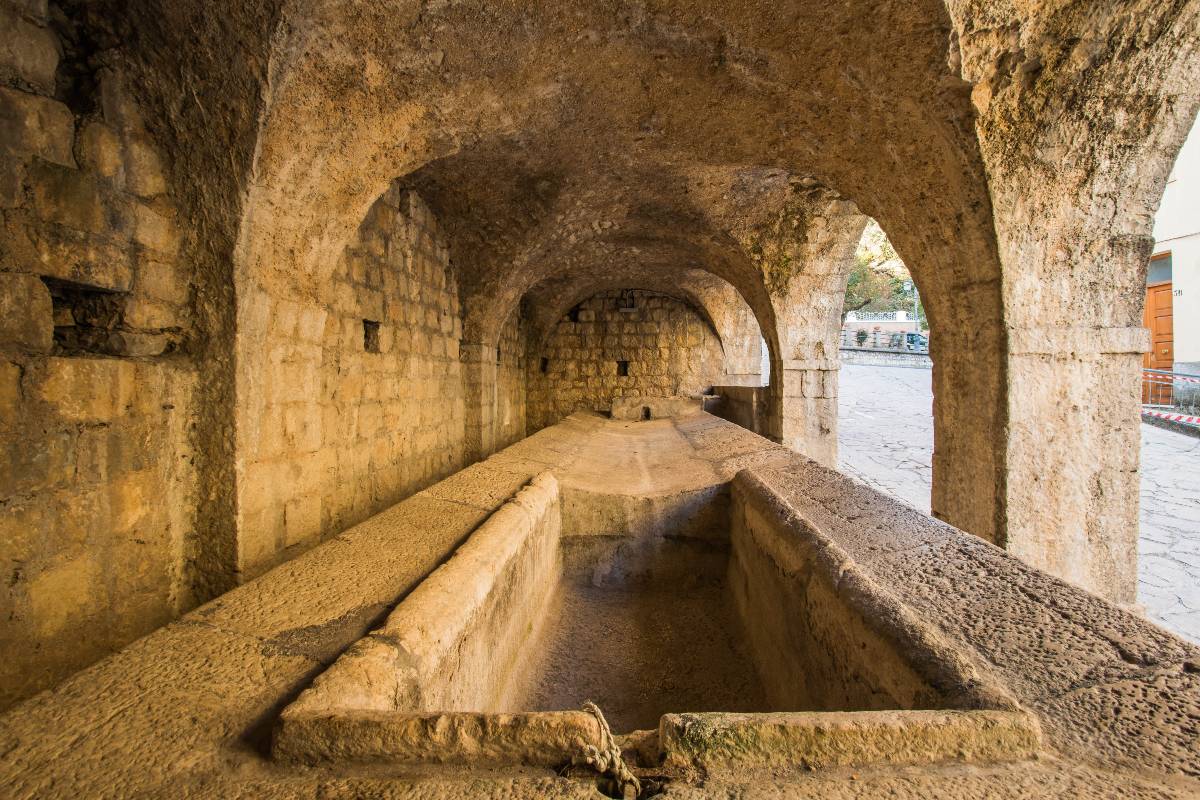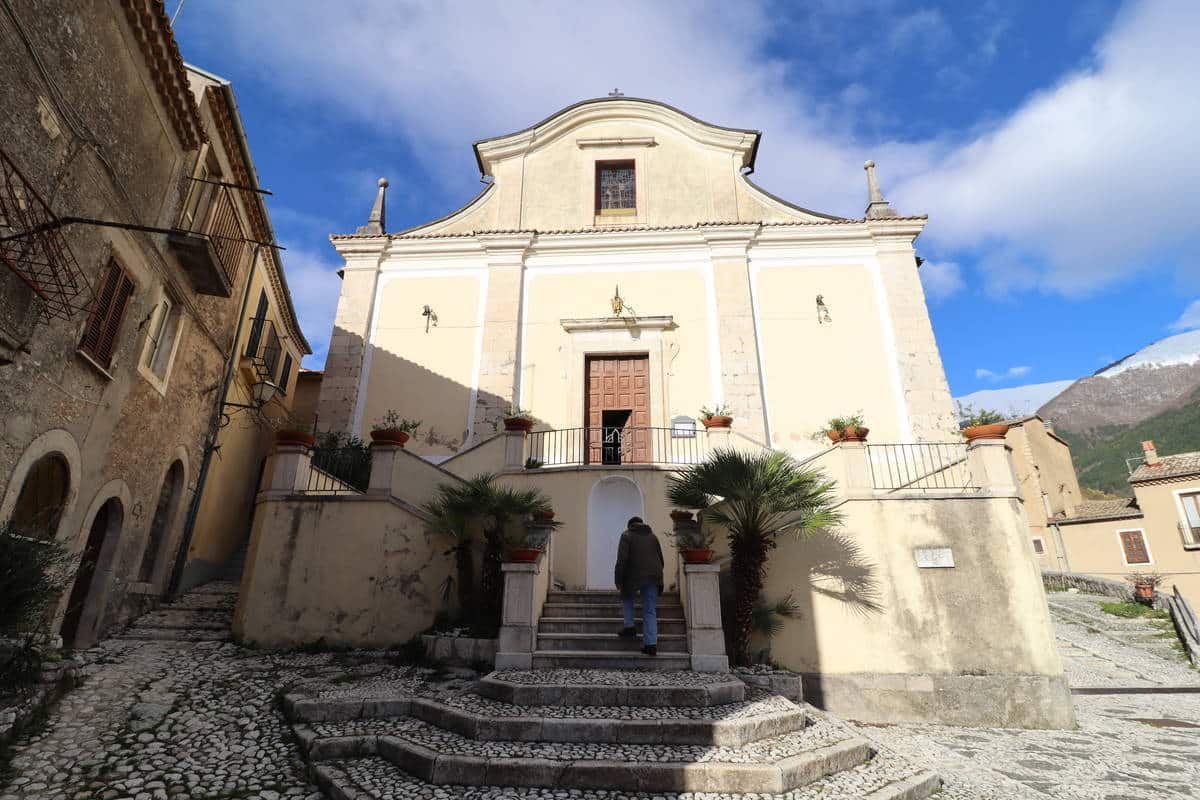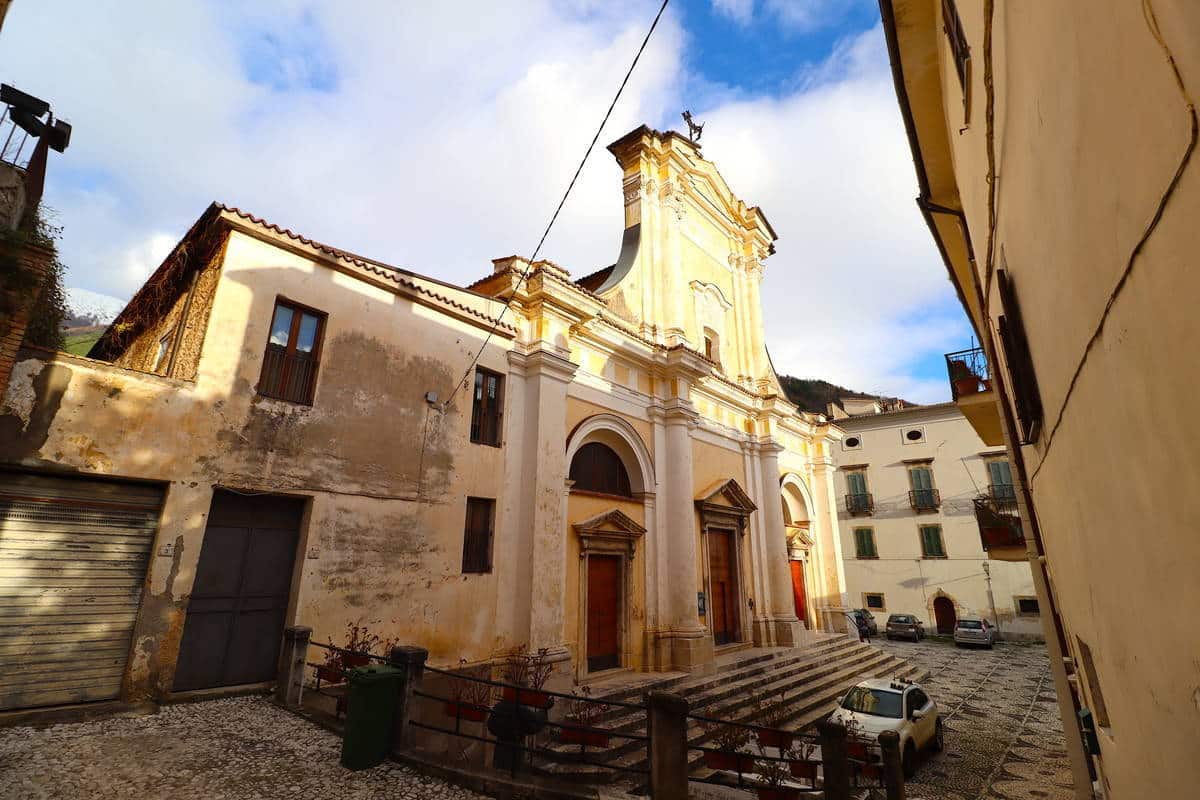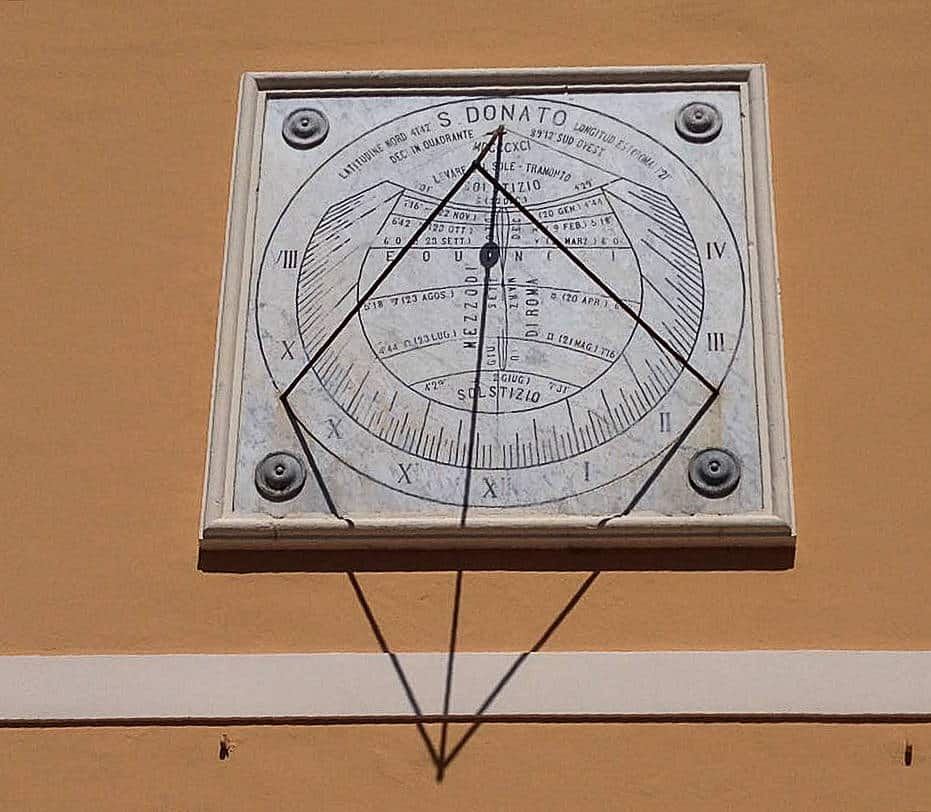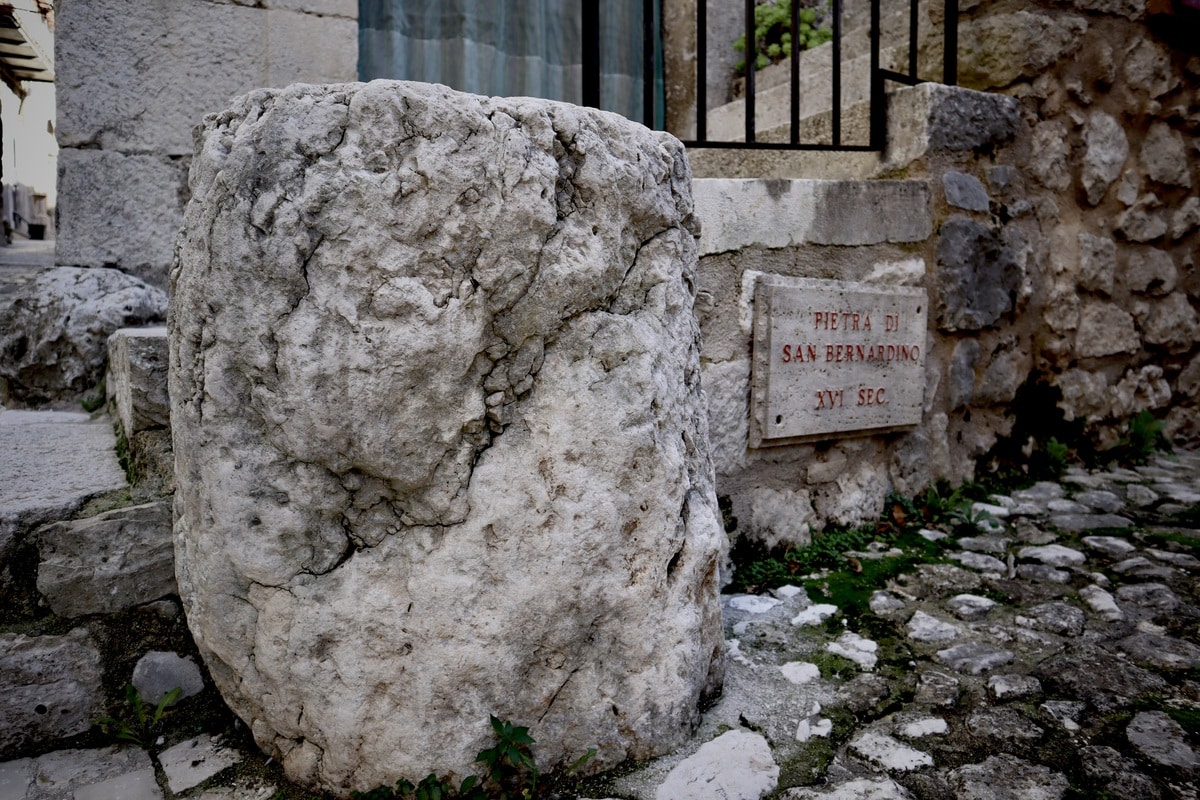Historical notes
It is thought that the origins of San Donato Val di Comino are Samnite: the town was called Cominium and was devastated by the Romans in 293 BC, and then the Lombards took over.
The actual village was born after the Battle of Garigliano in 915: the populations of Cassinate, Beneventano and Itri began to move towards the mountains between Lazio and Abruzzo. This is how the first villages began to spring up, such as Sant'Urbano, from whose disintegration San Donato Val Di Comino was born in 1200, perched around the Church of San Domato.
With the unification of Italy, the village fell victim to brigandage, while in 1915 and 1984 it was severely hit by earthquakes, from which San Donato Val di Comino has always recovered, becoming today a real jewel to be discovered.
It should not be forgotten that the town in Lazio was very welcoming to a small community of Jews, who were confined here by the Nazis between 1940 and 1944: among them were Kafka and the German silent film star Grete Berger. Some of them were unfortunately deported to Auschwitz and today a commemorative stele recalls this sad page of history.
What to see in the village
San Donato Val di Comino is a delightful village to visit, not only for its monuments and churches but also because it is the perfect starting point for open-air excursions among the beech forests of Forca d'Acero or for sporting activities such as hang-gliding, paragliding and climbing.
The village enchants with its stone houses, its pizzas, its covered passages called "spuort" in dialect, short pedestrian tunnels, and its alleys among which the Arco delle Origini stands out, built with wooden beams and frescoed at the top by Luciano Tocci with images linked to the birth of the village.
Strolling through the heart of San Donato Val di Comino one can experience the ancient art of the stonemasons, whose mastery is particularly evident on the portals, some of which are embellished with a keystone indicating the family that lived in a particular building and its social class. It was these same stonemasons who contributed to the rebirth of the village after the bombings of World War II, dotting the town with stone fountains and bridges, for example.
Along Via Maggiore you will come across the Pietra dello Scandalo, a rock on which insolvent debtors were forced to sit in the 16th century.
Passing Piazza Coletti with its 1891 Sundial, we reach the Porta dell'Orologio (Clock Gate), dating back to the 13th century and decorated with three crosses, the symbol of those bandits who were hanged near this gateway in the 16th century.
The most beautiful churches in San Donato Val di Comino
Dominating San Donato Val di Comino, together with the Medieval Tower, is the Sanctuary of San Donato, dedicated to the patron saint of the village who was martyred in 304 A.D. during Diocletian's persecutions. The origins of the church probably date back to after the Saint's death and was first mentioned in 778 when it was granted by Ildebrando, Duke of Spoleto, to the Abbey of San Vincenzo al Volturno.
Inside the Sanctuary you can admire the 18th century frescoes by Capricci depicting the life of San Donato and the Expulsion of the Merchants from the Temple. The quantity of ex-votos present is striking, donated to thank the saint for having saved many people from epilepsy.
The statue of San Donato is the protagonist of the procession, with torchlight procession, on the eve of the feast of San Donato, which takes place on 7 August, amidst fireworks and music. During the patron saint's day, it is also possible to taste typical local dishes such as barbecued lamb.
Also worth a visit is the 14th-century Cathedral of Saints Mary and Marcellus, with an 18th-century Baroque façade: inside, as well as the organ and choir made by Catarinozzi, are the relics of the co-patron Saint Constance, whose remains were transported here from the Catacombs of Calisto in Rome.


